Do you blog? Many B2B marketers consider blogs the most important form of content that they produce, and a key element in social media for business. In a survey of 5,000+ marketing professionals across the US, UK and Canada, researchers found that 49% of B2B marketers responsible for social media strategy described blogs as the most critical format they use to reach audiences – ranking blogs higher than podcasts, video, live video or other visuals.
The “2016 Social Media Marketing Industry Report,” by Michael A. Stelzner, published by the Social Media Examiner (a leading business blog), offers a snapshot of marketers’ current social media practices, and their future plans for social media for business. Here are the areas where marketers are planning to expand their activities:
- 73% plan to increase the use of videos
- 71% plan to increase the use of visuals
- 66% are going to increase their blogging activities
- 39% are going to explore live video
- 26% are going to try podcasting
While business blogs aren’t exactly a secret, they are, for many companies, significantly underutilized. At companies who don’t blog, or who blog infrequently, blogs are sometimes seen as too time-intensive. Or the potential bloggers within the organization think that they don’t have that much to say.
But the truth is that blogs can be one of the most cost-effective forms of content you can create. They’re also one of the best ways to build relationships and increase exposure and sales.
Why are blogs so powerful? One of the reasons is that they feel like a one-on-one interaction. A blog is from a single person, who is sharing their thoughts and opinions, with another. The sense of intimacy can be emphasized by including a photo of the blog author, and making sure the blog page offers easy ways to comment and spark conversations.
Starting a blog, or committing to a re-invigorated publishing schedule for your blog, is also one of the easiest ways to kickstart your social media marketing for business.
To learn more, download 5 Simple Steps to Create a B2B Social Marketing Plan here.




